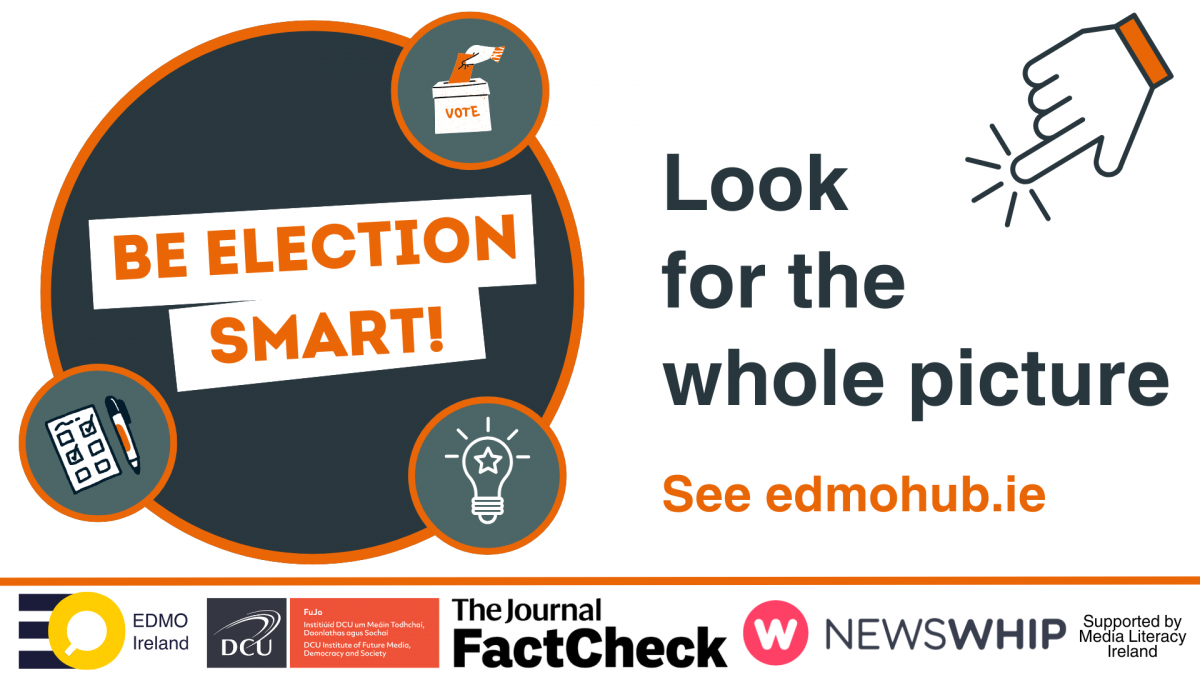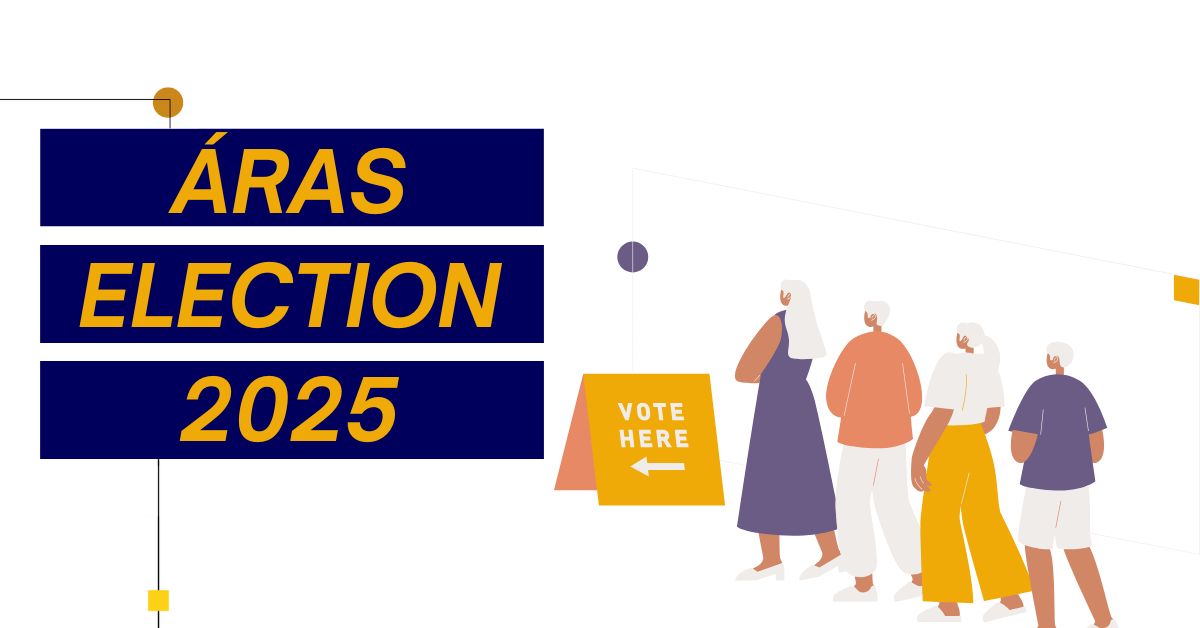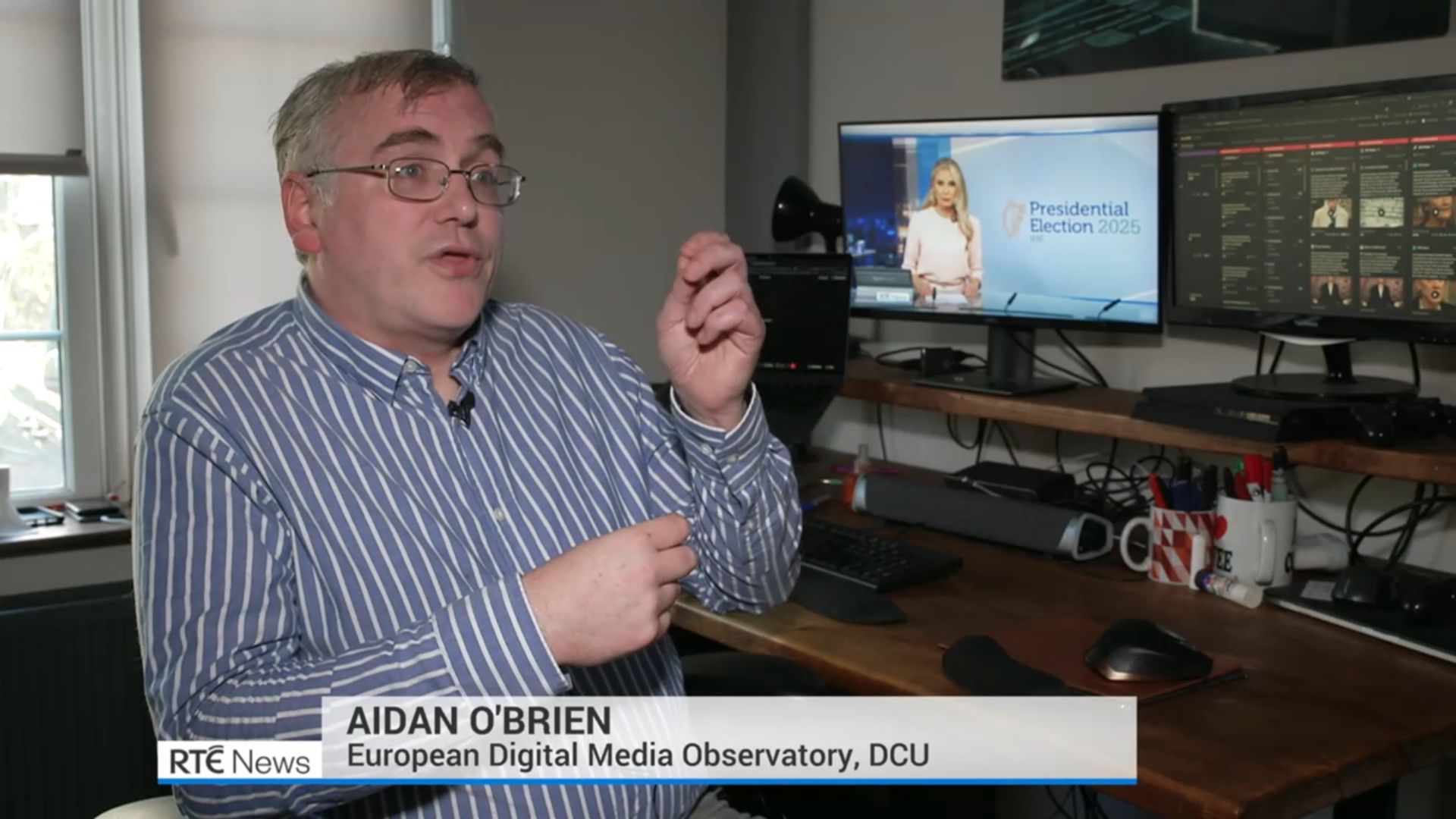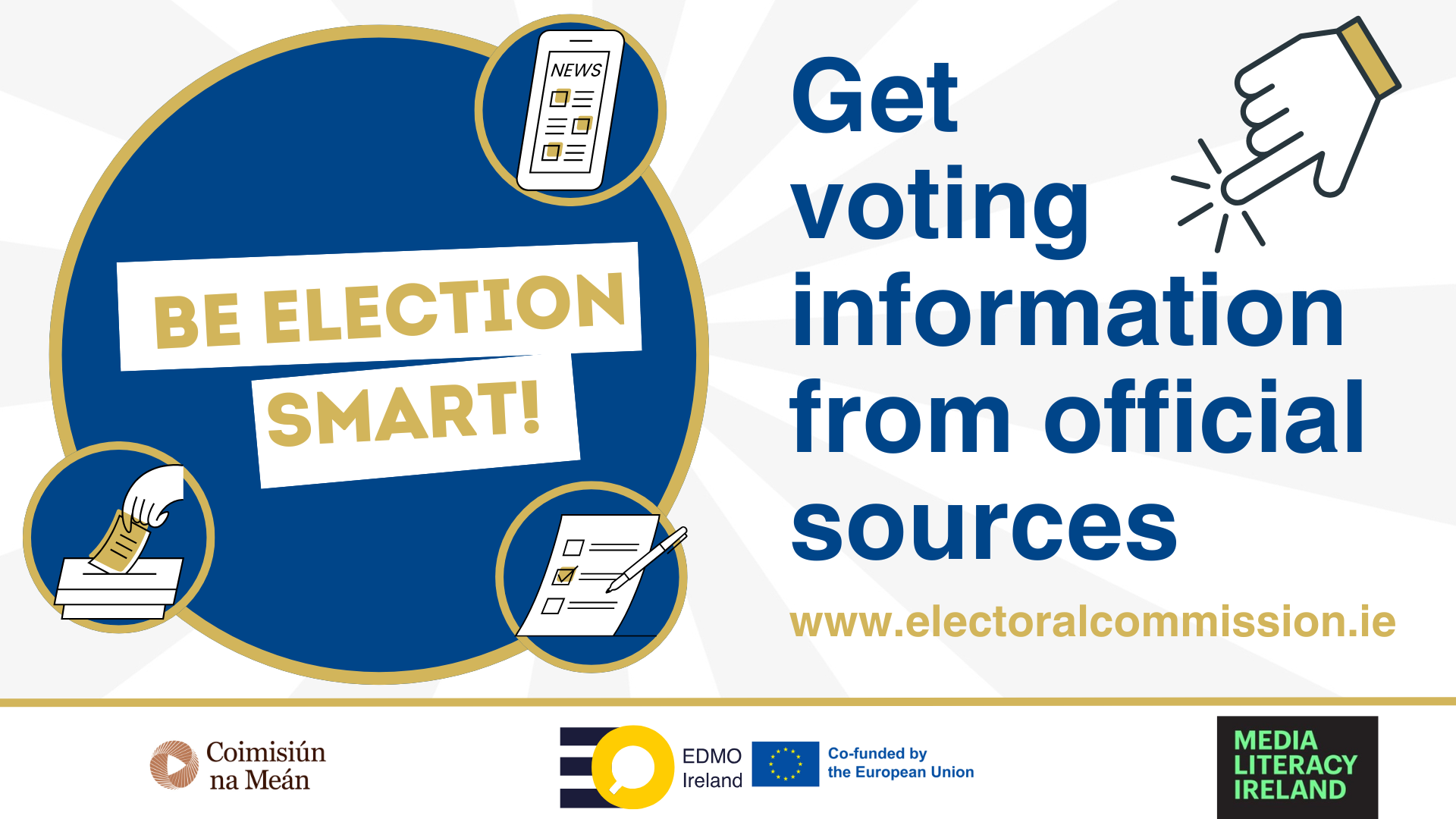Visual communication is powerful and appealing because our brains are highly adapted to process and interpret visual information quickly and intuitively. But images can be highly deceptive and, in the context of news and election, images can distort our perceptions of people and issues. It only takes a few clicks to change or enhance visual content, but distortion can occur without even doctoring an image. It’s important to remember that visual communication is always the result of choices: choices about what to show and how to crop or frame the image.
Here are some examples of how distortion can happen:
An image can be cropped or framed selectively to emphasise or hide particular details. For example, a close-up of a candidate’s facial expression might suggest anger or fatigue, while a wider shot showing the same candidate smiling and interacting with supporters could give a different impression.
Old photos can be recycled as if they are new, misleading people about current events. For example, an image from a previous election rally might be shared as though it’s from a current event, skewing perceptions of turnout or support.
Image captions can be misleading. An innocuous image of a candidate walking can appear suspicious or furtive when paired with suggestive or accusatory text.
Editing tools and digital manipulation software can make people appear in locations they weren’t actually in or with expressions and gestures they never made, undermining trust in legitimate images.
Infographics and charts can seem authoritative, but can also be manipulated to distort information with cherry-picked statistics and misleading comparisons.
All of these tactics highlight the need to verify image sources, consider context, and be cautious of biases in how images are presented in the news, especially around elections where public opinion can be significantly influenced.
See all Be Election Smart tips here.




